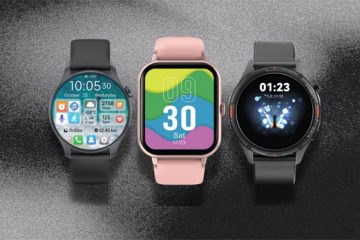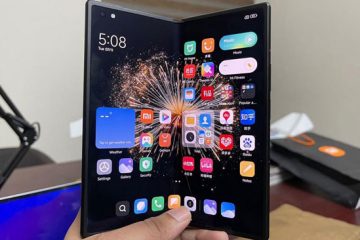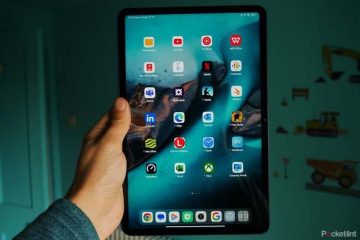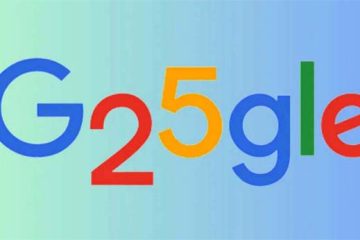In recent times eSIM has been stretching as the next step in mobile technology. It is a new technology that’s changing the way we connect, travel and do business.
But What is eSIM, how does an eSIM work, and is it worth having?
Can we use it in Bangladesh? Let’s take a look.
What Is an eSIM?
An eSIM is an embedded SIM card. It’s a replacement for the physical SIM card that currently connects phones to a mobile network, but the eSIM is a lot smaller. The biggest difference between an eSIM and a physical SIM is that, unlike a traditional SIM card, the eSIM is fixed onto the phone’s (or other device’s) motherboard. You don’t need to insert it, and you can’t remove it. That doesn’t mean you can’t switch numbers or change carriers, though, since the information on the eSIM is rewritable.
In fact, switching or setting it up might even be easier. You don’t have to wait for a new SIM to be delivered to your house; it could all happen instantly with just a quick phone call. eSIM cards use the same tech and run on the same GSM networks that normal SIMs use.
Can I use eSIM in Bangladesh?
Currently, no mobile operators in Bangladesh provide eSIM support.
However, you can still use eSIM in Bangladesh using international operators. There are data packages and plans available on the internet which will allow Bangladeshis to gain access to eSIM functionality.
Will I be assigned a new mobile number, If I use eSIM?
That depends solely on the operator you plan on using. Some international operators will assign a brand new phone number to be used with the eSIM, but some will not.
Can I make calls using eSIM?
If you use an international operator to use eSIM in Bangladesh, you can only use mobile data.
Is eSIM service expensive?
Because eSIM uses international roaming services, which can be through any Bangladeshi operator, the cost for the mobile data will be quite costly. The charge incurs from both the Bangladeshi operator as well as the international operator providing the eSIM support, hence the added cost.
Is my phone eligible for eSIM?
Very few devices currently have eSIM support, and they need to be carrier-enabled for the eSIM to work.
The iPhone 12 and iPhone 13 series, plus the older iPhone 11, XS, and XR devices all use an eSIM alongside a nano-SIM. The smaller iPhone SE also supports eSIM.
Google’s Pixel phones since the Pixel 2 have the same eSIM-nano-SIM setup, including the Pixel 5a 5G and Pixel 6.
Samsung phones, including the Galaxy S20 and S20 FE ranges, the Galaxy S21 Ultra 5G and Galaxy S21+ 5G, the Fold and Z Flip, and the Note 20 series offer eSIM support. Huawei’s P40 and P40 Pro support eSIM. Microsoft’s Surface Duo has eSIM support. The Moto Razr 2019 also offers eSIM support.
The age of the eSIM
The age of the eSIM has already started. eSIM will be a standard feature for most smartphone devices worldwide by 2023 with Apple, Samsung and Google all committing their handsets to this technology.
Good to know: eSIM plays a major role in in the Internet of things (IoT) as the technology is already embeded in cars, wearables, home appliances, industrial machines etc.











